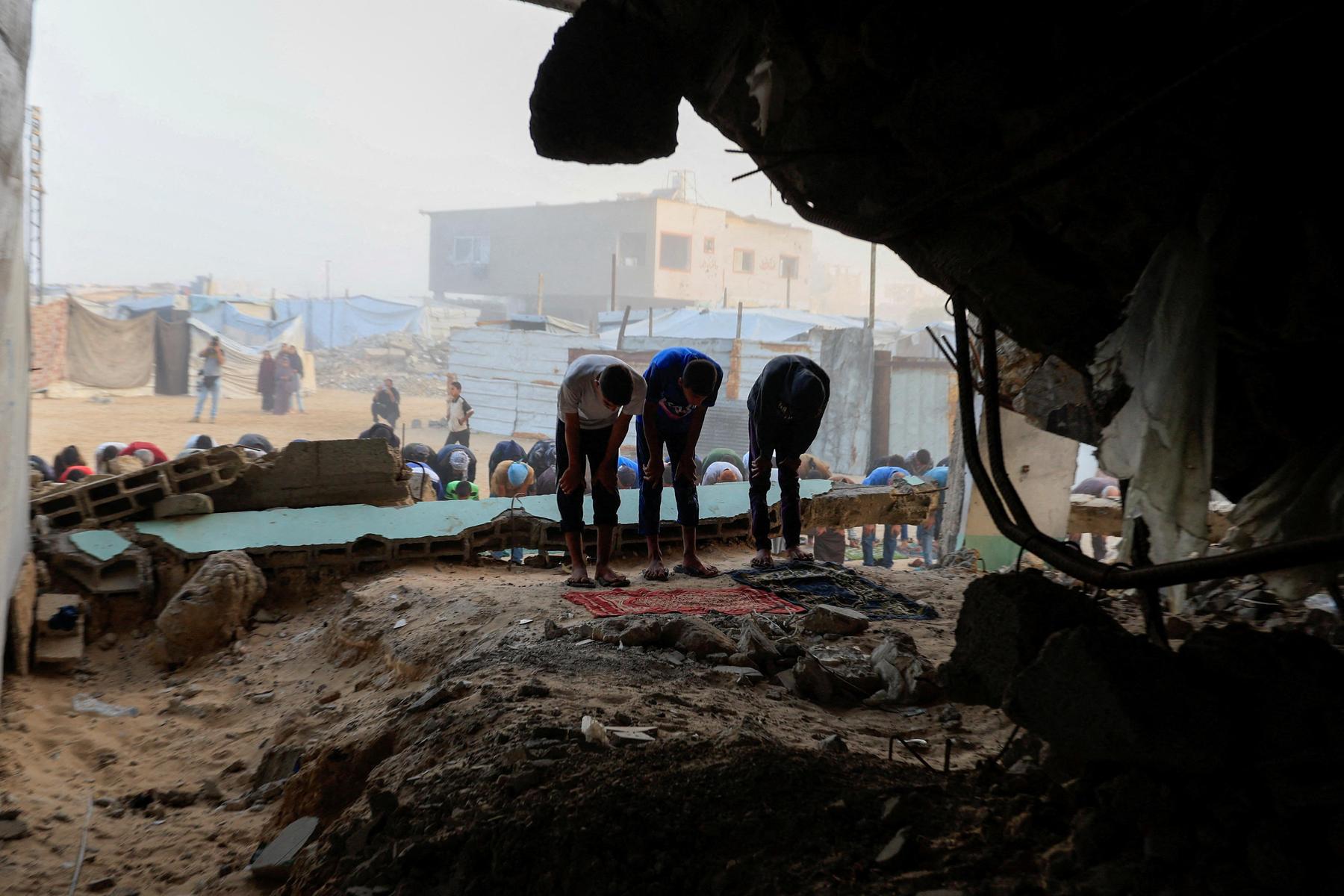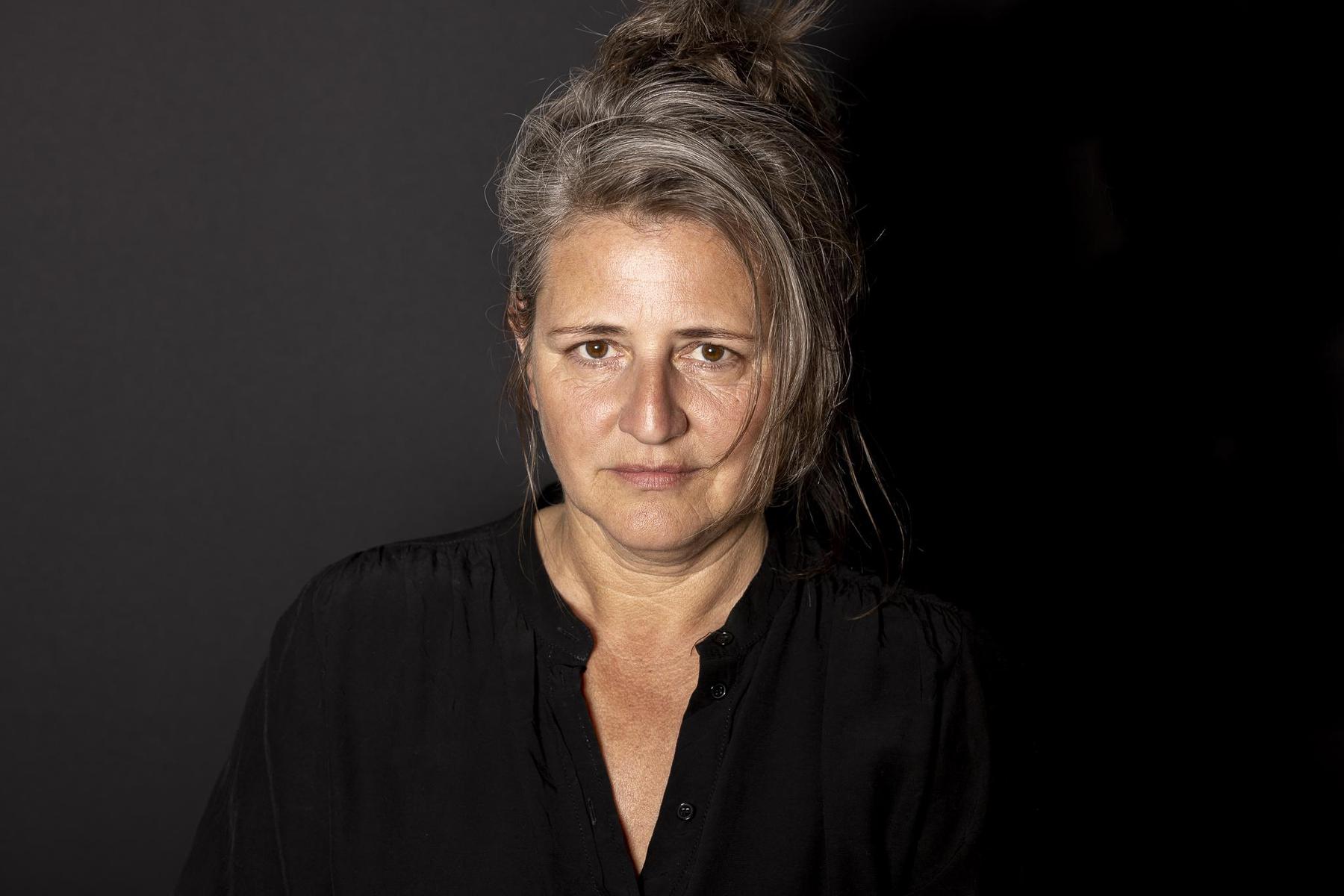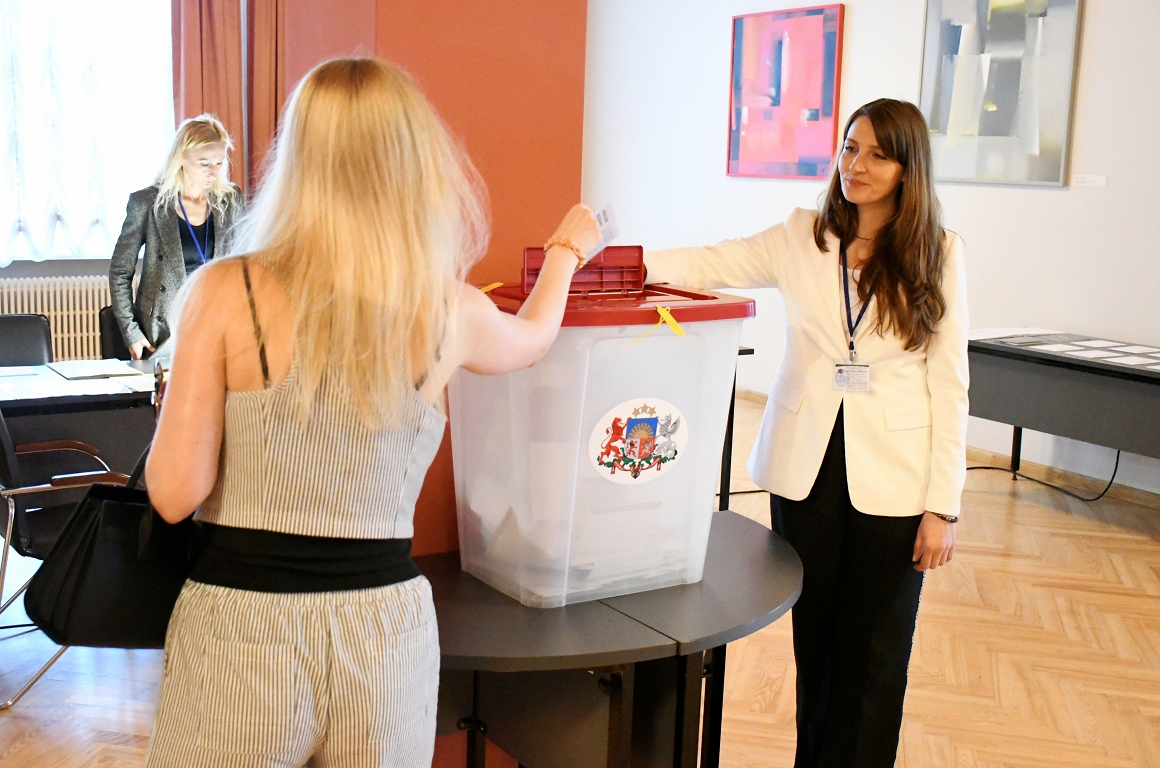How much church is in the classic? – Diepresse.com

Classical and religion: How did the church shape music, how much did it make it possible – or prevent it? And which composers were really believers?
Say, how did you – no, how does classical music have with religion? This is the question that Katrin Nussmayr, in this episode of « Classical for Tactless », poses the « press » music critic Wilhelm Sinkovicz. And his answer is very clear: European history of music has started in churches and would not be conceivable without this institution. At least not as we know them. The church was the client, source of inspiration, livelihood for many composers.
This podcast episode is about how religion shaped the music-from the « Father Noster » to Bach’s Matthew Passion: How monks have invented multi-part what erotic love songs have to do with the virgin Mary, how Mozart « parodyed » the lamb of God, and how music was also able to accelerate a lengthy trade fair.
And how did the composers have with religion? « Until Mozart it was the case that most composers – however believed they may have been – have no choice but to pay tribute to spiritual music, » says Wilhelm Sinkovicz. Later composers developed their own ideas of religiosity – or the Church turned their backs entirely. What in turn raises exciting questions: How does the request of an agnostic sound sound? And how would the history of music have developed, wouldn’t the Church influence the influence of the church?
Can be heard …
… the Cantor Gregoriani with « Father Noster » (Pea),
Tonus Peregrinus with « Viderunt Omnes » (Naxos),
Peter Meven, Choir and Symphony Orchestra of the Bavarian Radio under Rafael Kubelik in Paul Hindemith’s « Mathis the painter » (EMI),
The Ensemble Concerto Italiano under Rinaldo Alessandrini with the « Perche Te’n Fuggi » from Monteverdi’s « Madrigali Amorosi » (Opus 111),
The Berlin Philharmonic under Herbert von Karajan with the foreplay for the Agnus Dei from Mozart’s « Circle Mass » (DG),
Gundula Janowitz and the orchestra of the Deutsche Oper Berlin under Karl Böhm in Mozart’s « Le Nozze di Figaro » (DG),
The SWR vocal ensemble with Bruckner’s « Ave Maria » (Hansele Classics),
NBC choir and orchestra under Arturo Toscanini in Verdi’s « Requiem » (CBS),
Olivier Latry with Olivier Messiaen’s « Dieu Parmi Nous » (DG)
And the ensemble pygmalion under Raphael Pichon in Bach’s « Matthäus Passion ».
About the podcast
In « Classic for Tactless » Exchange feuilleton editor Katrin Nussmayr and classic critic Wilhelm Sinkovicz together the world of classical music: does every orchestra need a conductor? Why does Richard Wagner disturb? What was so great about Mozart? How much classic is in « Bohemian Rhapsody » or Taylor Swift? For musical beginners and classical friends who want to know a little more precisely.
The podcast appears every second Saturday On the website of the « Press » And wherever there are podcasts. « Classical for tactless » is part of the Podcast Canal « Musikalon ».
Production: Wilhelm Sinkovicz / www.sinkothek.at
Audio-finish: Georg Gfrerer / www.audio-funnel.com.
More podcasts of the « press » under Diepresse.com/podcast







:format(webp)/s3/static.nrc.nl/images/gn4/stripped/data133280221-bb4cba.jpg)
